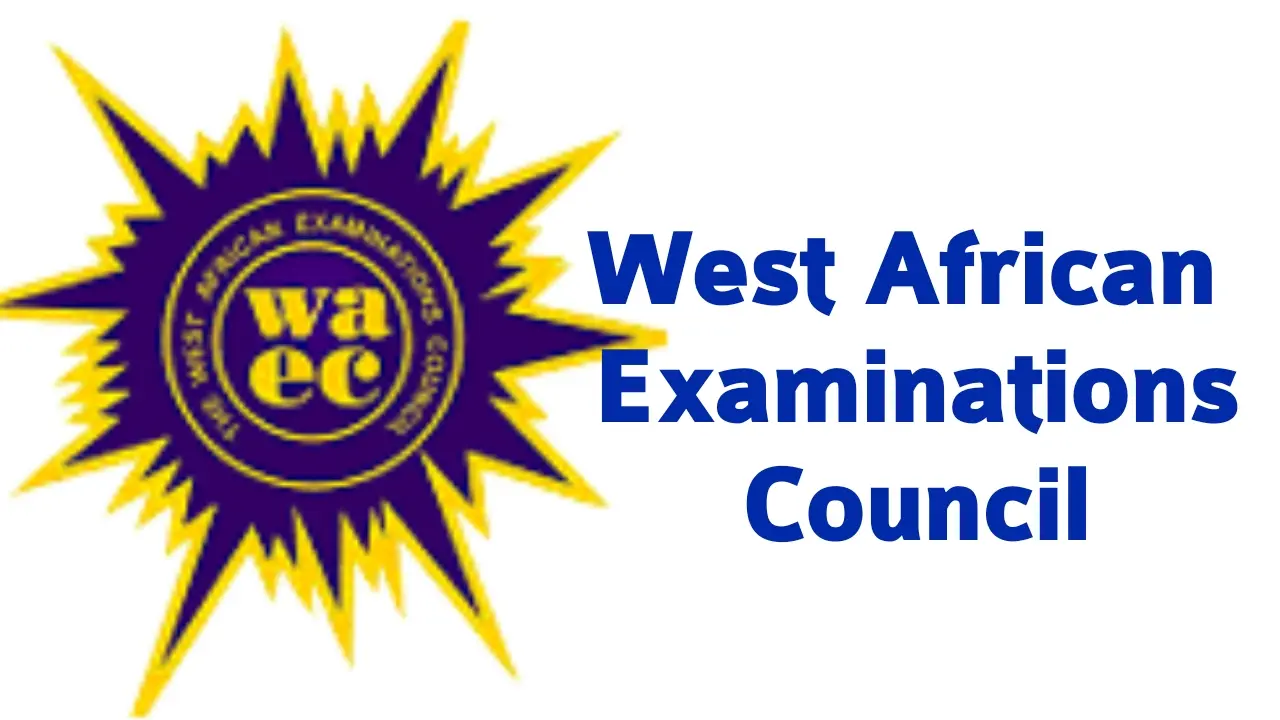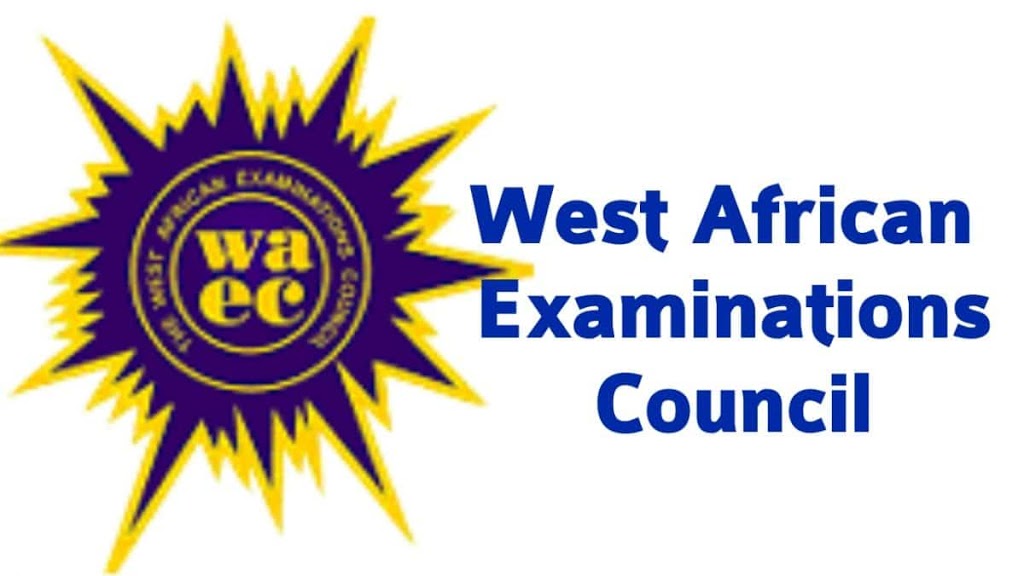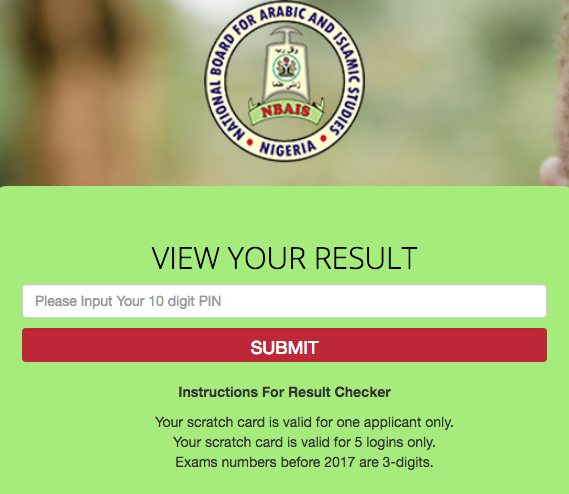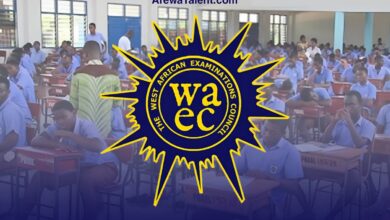Chemistry Specimen for WAEC 2023 Apparatus – A Comprehensive Guide for Candidates
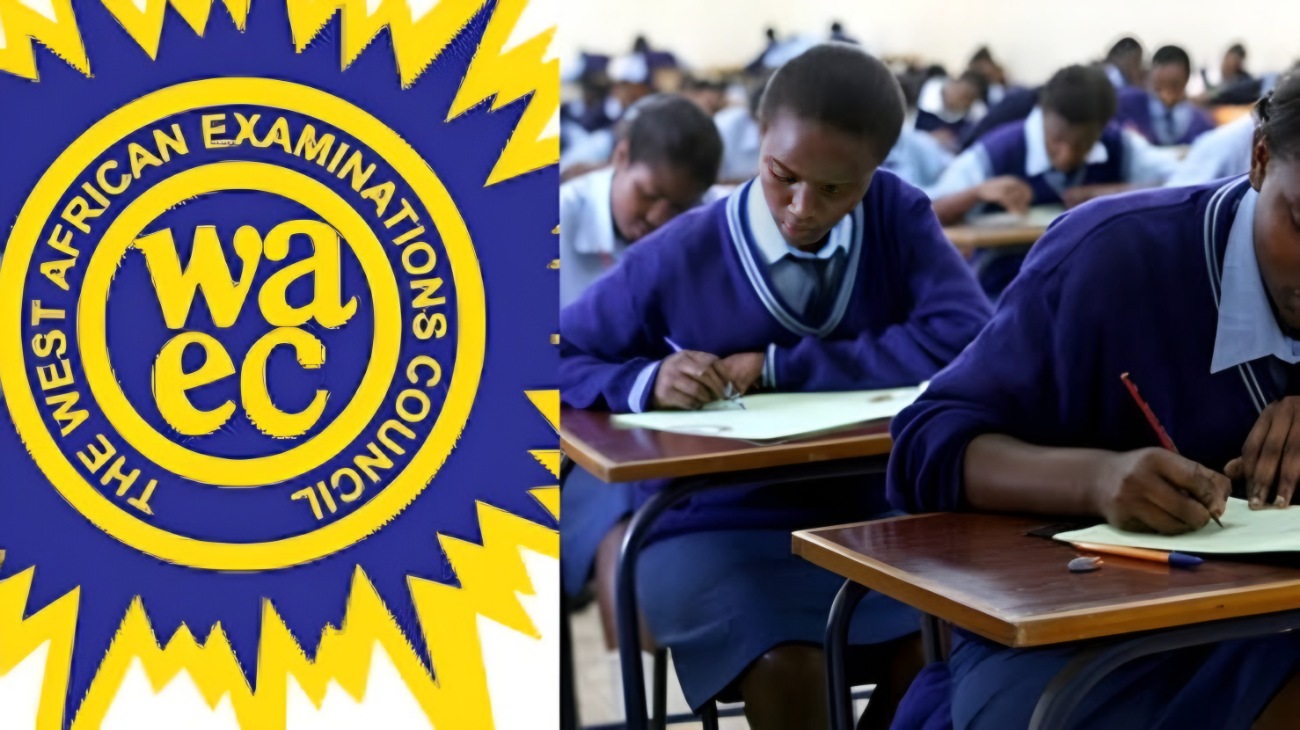
The West African Examinations Council (WAEC) Chemistry practical is an essential part of the assessment for students participating in the 2023 Chemistry examination. To excel in this examination, it is vital for candidates to have a thorough understanding of the required apparatus and materials. In this comprehensive guide, we will be discussing the essential chemistry specimen for WAEC 2023 apparatus, along with their uses and handling tips.
Introduction to WAEC Chemistry Practical
The WAEC Chemistry practical examination is designed to evaluate candidates’ practical skills and understanding of various chemical concepts. It typically consists of experiments that require the use of various apparatus and materials. To achieve success in this exam, candidates need to be familiar with the chemistry specimen for WAEC 2023 apparatus and materials, as well as their proper handling and application.
Importance of Practical Skills in Chemistry
Practical skills in chemistry are crucial as they help students understand and apply theoretical concepts learned in the classroom. Developing practical skills also enhances problem-solving abilities and critical thinking, which are essential for success in the field of chemistry and other related disciplines.
Essential Chemistry Specimen for WAEC 2023 Apparatus
The following are some of the essential chemistry specimen for WAEC 2023 apparatus that candidates should be familiar with:
1. Burette
A burette is a long, graduated glass tube with a tap at the bottom end. It is used to measure the accurate volume of a liquid during titration experiments. For the WAEC 2023 Chemistry practical, candidates will require a burette with a 50cm³ capacity.
2. Pipette
A pipette is a slender, graduated glass tube used for transferring or measuring specific volumes of liquid. Candidates will need either a 20cm³ or a 25cm³ pipette for the WAEC 2023 Chemistry practical. All candidates at one center must use pipettes of the same volume, which should be clean and free from grease.
3. Titration Apparatus
The titration apparatus includes a burette, a pipette, a conical flask, and an indicator. It is used for carrying out titration experiments to determine the concentration of a substance in a solution.
4. Qualitative Analysis Apparatus and Reagents
The qualitative analysis apparatus includes test tubes, beakers, boiling tubes, spatulas, and droppers. Reagents required for qualitative analysis include:
- 10% dilute sodium hydroxide solution
- Dilute hydrochloric acid
- Dilute trioxonitrate (V) acid
- Silver trioxonitrate (V) solution
- Acidified potassium dichromate solution
- Aqueous ammonia
- Lime water
- Red and blue litmus paper
- Dilute tetraoxosulphate (VI) acid
- Fehlings solution A & B
5. Spatula
A spatula is a small, flat, blunt-ended instrument used for transferring and handling solid chemicals.
6. Filtration Apparatus
The filtration apparatus includes a filter funnel, filter paper, and a conical flask. It is used to separate solid particles from a liquid.
7. Beaker
A beaker is a cylindrical glass container used for holding, mixing, and heating liquids in the laboratory.
8. Boiling Tube
A boiling tube is a thick-walled glass tube used for heating substances and carrying out chemical reactions.
9. Test Tubes
Test tubes are small, cylindrical glass tubes used for holding and mixing small quantities of liquids in the laboratory.
10. Indicators
Indicators are substances that change color in response to changes in pH. Methyl orange and starch solution are common indicators used in the WAEC chemistry practical.
11. Glass Rod
A glass rod is a thin, cylindrical glass stick used for stirring and mixing substances in the laboratory.
12. Wash Bottle
A wash bottle is a squeezable plastic bottle with a nozzle, used to dispense distilled or deionized water for rinsing equipment or diluting solutions.
13. Burning Splint
A burning splint is a small wooden stick used to ignite substances or test for the presence of specific gases during experiments.
14. Watch Glass
A watch glass is a shallow, concave glass dish used for evaporating liquids or covering beakers during experiments.
15 Bunsen Burner
A Bunsen burner is a gas-fueled device used to heat substances in the laboratory. It is an essential source of heat for various experiments during the WAEC chemistry practical.
16. Droppers
Droppers are small, slender tubes with a rubber bulb at one end, used for transferring small volumes of liquid.
Also See: WAEC Biology Practical Specimen 2023/2024 (All Lists).
Handling and Safety Tips for Chemistry Apparatus
Proper handling and safety measures are essential when using chemistry apparatus, as they help to prevent accidents, injuries, and damage to equipment. Some general safety tips include:
- Always wear appropriate personal protective equipment (PPE), such as safety goggles, gloves, and a lab coat.
- Handle glassware carefully to avoid breakage and injury.
- Use tongs, clamps, or heat-resistant gloves when handling hot glassware or equipment.
- Ensure that all equipment is clean and free from contaminants before use.
- Dispose of chemicals and waste materials according to local regulations and guidelines.
Conclusion
Understanding the various chemistry specimen for WAEC 2023 apparatus and materials, along with their proper handling, is essential for success in the WAEC Chemistry practical examination. Candidates should familiarize themselves with the apparatus and materials outlined in this guide, as well as practice using them in a safe and controlled environment. By doing so, students can increase their confidence and competence during the practical examination, ultimately leading to better performance and results.
